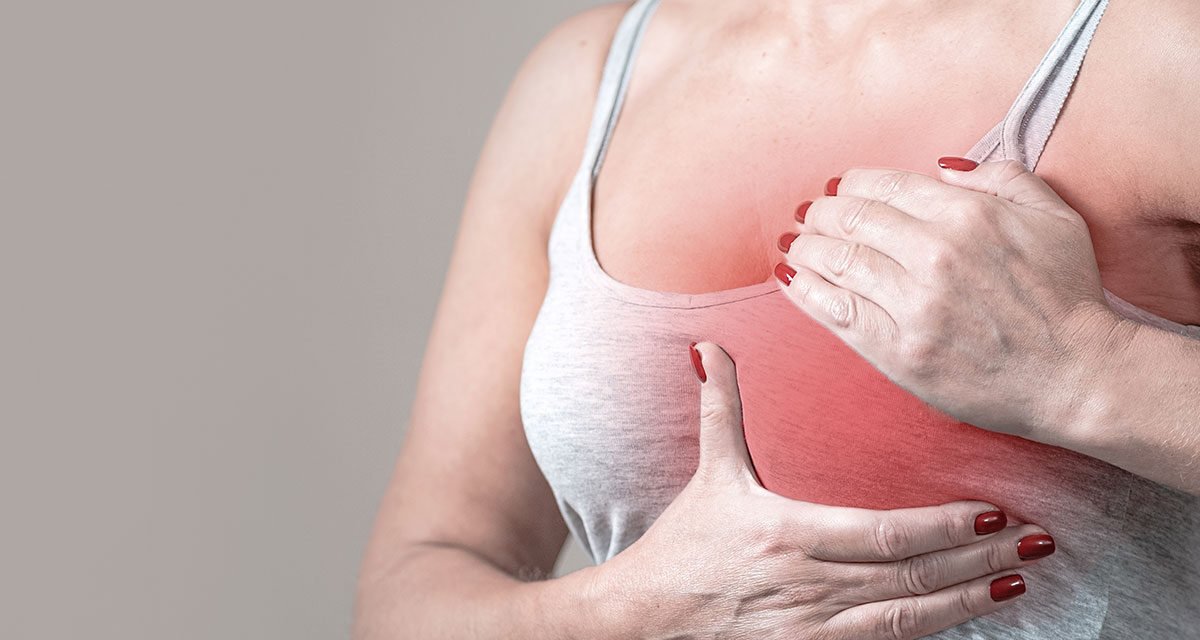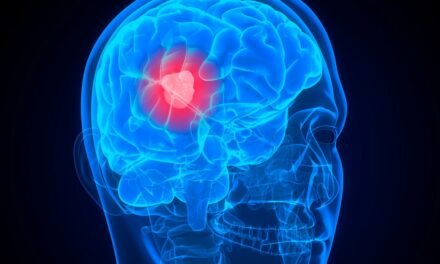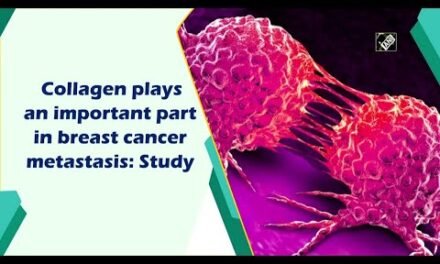Introduction of Symptoms of Breast Cancer?
Symptoms of Breast Cancer,can vary widely, and understanding them is crucial for early detection and effective treatment. Recognizing these signs early can significantly improve the chances of successful treatment. Along with the physical symptoms, it is essential to be aware of the available treatment options and the best hospitals for care.
In this article, I’ll explore the key symptoms, medications used in breast cancer treatment, and the top hospitals known for providing world-class care.
Whether you’re newly diagnosed or seeking more information, knowing these details could make all the difference in your journey.Breast cancer is one of the most common types of cancer, affecting millions of people worldwide. As someone who has gone through the process of learning about it, I understand how overwhelming and frightening it can be.
However, recognizing the symptoms early can make a significant difference in outcomes. In this article, I’ll explain some of the key signs and symptoms of breast cancer, and why paying attention to changes in your body is so important.
What Are the Symptoms of Breast Cancer?
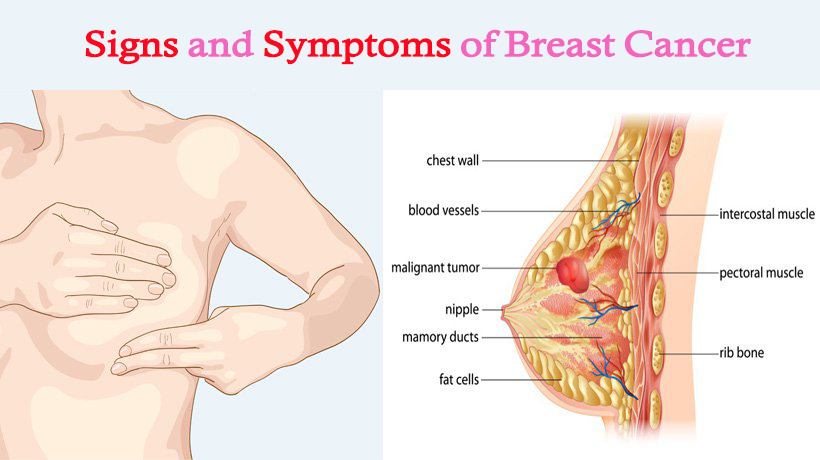
1. A Lump in the Breast or Underarm
One of the most well-known signs of breast cancer is a lump in the breast or underarm area. Not all lumps are cancerous, but it’s critical to get any lump checked by a doctor. When I first found a lump, I immediately felt anxious. It’s important to understand that lumps can vary in size and feel; some may be hard and painless, while others may feel tender. Regardless, if you notice a lump, don’t wait—schedule an appointment with your healthcare provider.
2. Changes in Breast Size or Shape
Another potential symptom is an unexplained change in the size or shape of your breast. When I experienced swelling in one breast, it didn’t feel right, especially because it wasn’t related to my menstrual cycle or any other known cause. If one breast starts looking noticeably different from the other, or if you notice an unusual swelling or shrinking, it’s important to consult your doctor.
3. Nipple Discharge
Nipple discharge, particularly when it’s bloody or happens without squeezing the breast, can be a sign of breast cancer. I remember reading stories from others who described finding blood stains in their bras or noticing a clear discharge when there was no logical explanation. While some forms of discharge can be harmless, if it’s persistent and out of the ordinary, it’s essential to get it evaluated.
4. Skin Changes on the Breast
Breast cancer can sometimes cause noticeable changes to the skin on the breast. I noticed some skin dimpling—almost like the texture of an orange peel, which is known as “peau d’orange.” This is often a sign that something may be going on beneath the surface. The skin may also become red, inflamed, or appear thickened. Paying attention to these changes can help catch cancer early.
5. Pain in the Breast or Nipple
While breast pain isn’t always associated with cancer, any new, unexplained pain in your breast or nipple should be checked out. When I first felt discomfort, I assumed it was nothing, but breast cancer can sometimes cause a dull, persistent ache. I also noticed the nipple becoming tender and sore. If you have any unusual pain, particularly if it doesn’t go away, it’s worth discussing with your doctor.
6. Nipple Retraction
Nipple retraction, where the nipple turns inward instead of pointing outward, can be another indicator of breast cancer. This was a subtle change I almost missed. Sometimes, this change can be a sign that a tumor is pulling on the tissues within the breast. If your nipples start to change in appearance or feel, it’s important to get a professional opinion.
7. Swelling in the Lymph Nodes
Breast cancer doesn’t always stay confined to the breast; sometimes, it can spread to nearby lymph nodes, particularly under the arms. I noticed some swelling in my armpit area, which can sometimes be one of the first signs of cancer spreading. Swollen lymph nodes may feel like lumps or may cause discomfort. Again, it’s vital to get them checked out as soon as possible.
8. Breast Rash or Irritation
Though less common, some people notice a rash or irritation around the nipple or on the breast, which can be a sign of a specific type of breast cancer, such as Paget’s disease. It may resemble eczema, with the skin becoming dry, flaky, or scaly. If a rash doesn’t respond to regular treatments, it’s worth consulting your doctor to rule out something more serious.
9. Fatigue and Unexplained Weight Loss
In more advanced stages of breast cancer, people may experience systemic symptoms, such as fatigue or unexplained weight loss. For me, these symptoms were subtle at first. It’s easy to dismiss feeling tired or losing a bit of weight, but when these symptoms are persistent and don’t have an obvious cause, they may be a sign that something more serious is going on.
How to Take Action?
Finding any of these symptoms can be alarming, but early detection is crucial. The first thing I did was schedule an appointment with my doctor. They performed a clinical breast exam, followed by imaging tests like a mammogram or ultrasound. Sometimes, a biopsy may be needed to determine whether a lump or abnormal area is cancerous.
Routine Screenings
Even if you’re not experiencing any symptoms, regular breast screenings are important for early detection, especially if you have risk factors like a family history of breast cancer. I made it a point to schedule my mammograms annually, as catching changes early is one of the best ways to beat breast cancer.
Final Thoughts
Breast cancer can affect anyone, regardless of age, gender, or background. Paying attention to changes in your body and understanding the symptoms can help you take control of your health. If you notice anything unusual, it’s always better to be safe and get it checked out. Early detection can save lives, and I’m living proof of how important it is to listen to your body and act when something doesn’t feel right.
What Medications Are Used to Treat Breast Cancer?
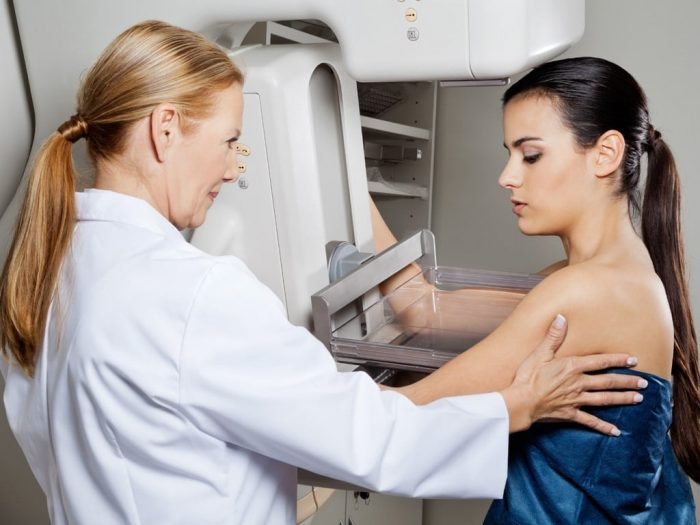
After my diagnosis, one of the first things I had to understand was the treatment options available, particularly the different medications used to treat breast cancer. Depending on the type, stage, and characteristics of the cancer, doctors may prescribe different medications, including hormonal therapy, chemotherapy, targeted therapy, or immunotherapy. Here, I’ll walk through some of the common treatments.
1. Hormonal (Endocrine) Therapy
Hormonal therapy is often used for breast cancers that are hormone receptor-positive (estrogen or progesterone receptor-positive). These cancers rely on hormones to grow, and hormonal therapies work by blocking the body’s ability to produce these hormones or by blocking the hormone receptors in cancer cells. For me, this type of therapy was critical because my cancer was estrogen receptor-positive.
- Tamoxifen: This is one of the most well-known medications in this category. It blocks estrogen receptors in breast cancer cells. It’s often prescribed for premenopausal women.
- Aromatase inhibitors (Anastrozole, Letrozole, Exemestane): These medications work by lowering estrogen levels in the body and are commonly prescribed for postmenopausal women.
- Fulvestrant: This drug works by blocking and degrading estrogen receptors, and it’s used for advanced or metastatic breast cancer.
2. Chemotherapy
Chemotherapy uses powerful drugs to kill cancer cells. It can be given before surgery (neoadjuvant therapy) to shrink the tumor, or after surgery (adjuvant therapy) to kill any remaining cancer cells. The idea of chemotherapy was daunting for me, but it’s often a key part of treatment.
- Common Chemotherapy Drugs: Some of the drugs commonly used in chemotherapy for breast cancer include,doxorubicin, cyclophosphamide, paclitaxel, and docetaxel. These drugs may be used in combination depending on the stage and type of cancer.
- Side Effects: Chemo can cause side effects like hair loss, fatigue, nausea, and increased risk of infection. However, the effectiveness of these drugs in killing cancer cells made it a crucial part of my treatment.
3. Targeted Therapy
Targeted therapies are designed to target specific characteristics of cancer cells, such as a protein that helps the cancer grow. For breast cancer, targeted therapies are often used to treat HER2-positive breast cancer, which means the cancer cells have high levels of the HER2 protein.
- Trastuzumab (Herceptin): This drug specifically targets HER2-positive breast cancer cells and is one of the most effective treatments for this type of breast cancer.
- Pertuzumab (Perjeta): Often used in combination with trastuzumab, this drug also targets HER2-positive cancer cells
- Other Targeted Therapies: There are also therapies that target other specific cancer mutations, such as palbociclib and everolimus.
4. Immunotherapy
Immunotherapy helps boost the body’s immune system to better attack cancer cells. For certain types of breast cancer, particularly triple-negative breast cancer, immunotherapy can be an important part of the treatment plan.
- Atezolizumab and Pembrolizumab: These drugs are immune checkpoint inhibitors used for certain types of breast cancer, often in combination with chemotherapy.
Best Hospitals for Breast Cancer Treatment
When I started my journey, finding the right hospital for treatment was a priority. Based on reputation, facilities, and specialized breast cancer care, here are some of the best hospitals known for their breast cancer treatment programs:
1. MD Anderson Cancer Center (Houston, Texas)
MD Anderson is world-renowned for its comprehensive cancer care and research. Their breast cancer program is one of the best, offering the latest in treatments and clinical trials. The doctors and specialists here focus on personalized treatment plans based on the specific characteristics of the cancer.
2. Memorial Sloan Kettering Cancer Center (New York City, New York):
Memorial Sloan Kettering (MSK) is another top-tier cancer center. They are leaders in cutting-edge treatments and offer advanced imaging, genetic testing, and access to clinical trials. Their breast cancer specialists work closely with patients to tailor treatments to their individual needs.
3. Mayo Clinic (Rochester, Minnesota):
Mayo Clinic is known for its comprehensive approach to breast cancer care. With locations across the U.S., they offer top-notch diagnostic services, personalized treatment plans, and a focus on both conventional and innovative treatments.
4. Johns Hopkins Hospital (Baltimore, Maryland):
Johns Hopkins offers a highly specialized breast cancer program, including cutting-edge research and personalized treatment options. Their breast cancer specialists work in multidisciplinary teams, providing patients with individualized treatment plans and access to clinical trials.
5. Cleveland Clinic (Cleveland, Ohio):
The Cleveland Clinic is well-regarded for its breast cancer care. They provide a comprehensive approach that includes everything from screening and diagnosis to treatment and recovery. Their multidisciplinary team ensures that patients receive tailored, state-of-the-art care.
6. UCLA Jonsson Comprehensive Cancer Center (Los Angeles, California):
UCLA’s breast cancer program is known for its advanced research and treatment options. They focus on both the medical and emotional aspects of cancer care, offering support and innovative therapies.
conclusions
If you or someone you know is facing a breast cancer diagnosis, it’s essential to find a hospital and treatment plan that feels right. For me, choosing a hospital with a strong breast cancer program and a compassionate team of specialists was crucial in managing my treatment. Also, medications like hormonal therapy, chemotherapy, and targeted therapy played a significant role in my recovery. Trust your instincts, ask questions, and seek care at a reputable center with expertise in breast cancer.
must watch 👀👎
Preventive Chemotherapy: How Crucial Is It in Cancer Treatment?

